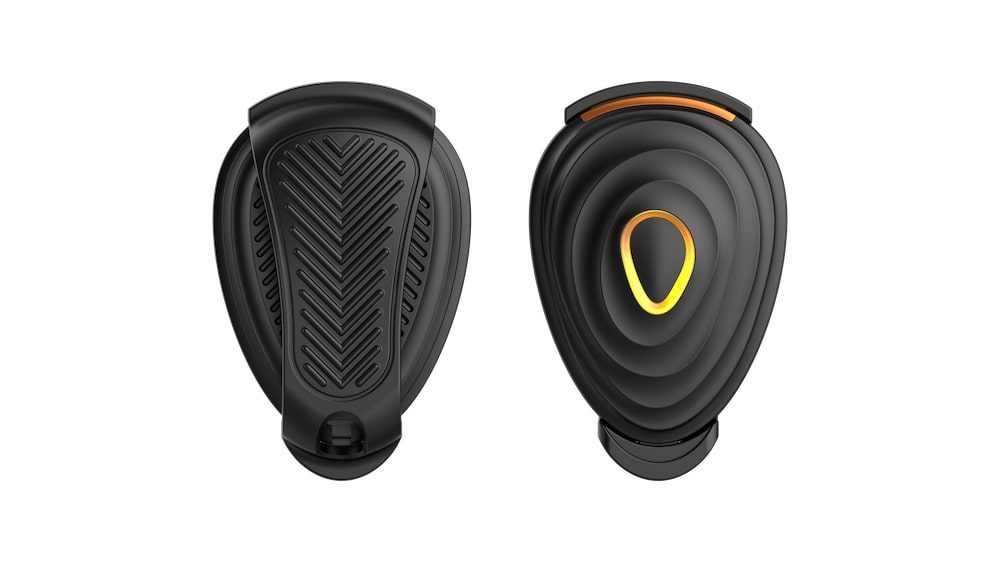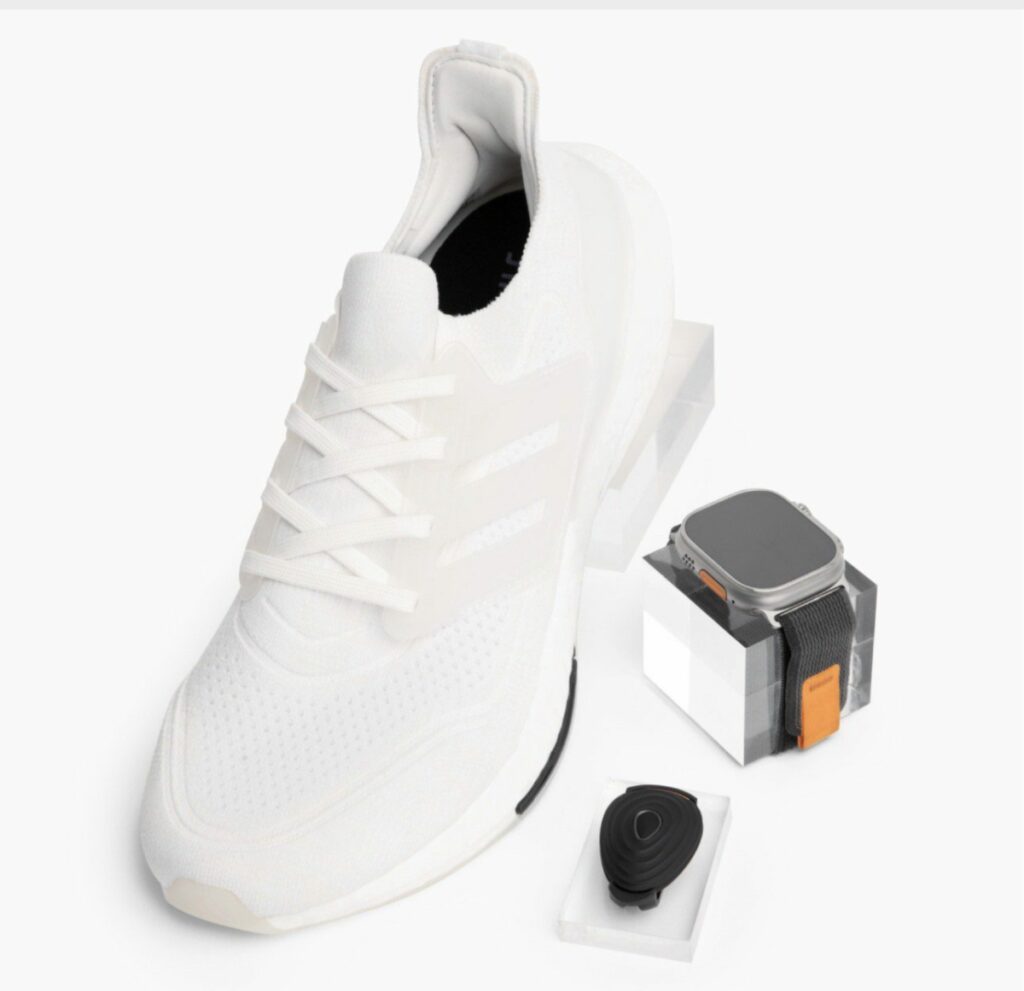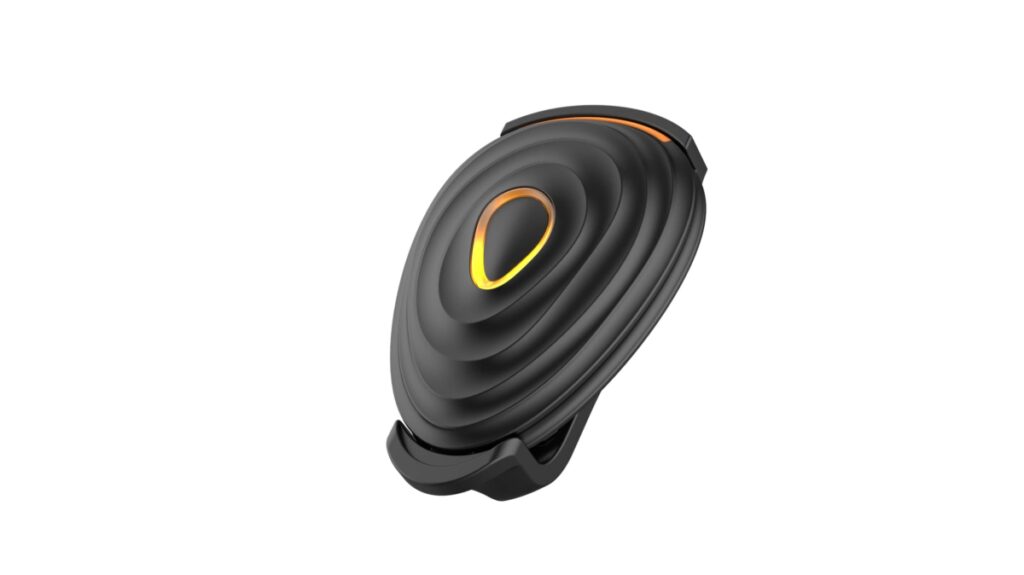REVIEW: Stryd Next Gen foot pod
This ultra-light device aims to power up your pacing strategy
 Photo by:
Stryd
Photo by:
Stryd
A pioneer in running-power measurement, Stryd has tackled two ambitious challenges since launching its first foot pod in 2016. The Boulder, Colo.-based company has not only needed to sell runners on reasons to start gauging their efforts in wattage (a concept that’s much more familiar to cyclists than runners), but also prove why theirs is the technology runners should choose, especially as rival companies rush to the ever-growing market for power-measuring running tech. With the Stryd Next Gen, the newest version of its foot pod, released at the end of last year, Stryd has more than kept pace with both of these tasks.

Running with power
At its core, the latest iteration of Stryd’s foot pod remains a straightforward and unobtrusive tool. The device, weighing just eight grams, snaps to your shoe and instantly calculates the force you exert during your run, displaying the number in watts on your Stryd-compatible watch.
That number, in part, takes into account whether you’re running uphill or down, and how strong a headwind you may be fighting. A flat section of road run at 5:00 min/km on a calm day might require a running output of 270 watts, while that same stretch on a gusty day might demand 320 watts at the same pace. Stryd keeps you plugged in to how much power you’re exerting on your run while taking your environment into consideration. Unlike running to a target pace, which may demand you exert more or less power depending on the day, or pacing according to heart rate (which is subject to data lag and cardiac drift), Stryd offers instant feedback on how hard you’re running.

New features afoot
On the hardware side, the latest version of the foot pod features upgraded sensors that improve the device’s responsiveness for more accurate pacing. It incorporates new materials that ensure Stryd is securely anchored to your foot in all running conditions. The Stryd’s charging cradle has been ugraded to USB-C and battery life has been improved, so that a single charge will power more than 20 hours of continuous running.
A delight for data nerds
Software is important to helping runners make sense of Stryd’s raw data, and Stryd Next Gen gives users access to a wealth of running metrics that will satisfy the biggest data junkies among us—cadence, ground-contact time and verticle oscillation (the vertical movement of a runner’s centre of mass between steps when running), to name a few.
The most notable addition is the ability to track lower-body stress and optimal recovery time with the new impact-loading-rate metric. This feature is available as part of the optional Stryd membership (payable monthly, quarterly or annually). How deep you want to dig into the data may be a factor in deciding if a subscription is for you, but it’s not the only consideration. Members can also create custom workouts, use Stryd customized workouts and training plans, and access automated post-run insights through the Stryd phone app or via web browser. One of the most useful member features is the race power calculator—plug any distance (or a .fit or .gpx file from a previous run) into the calculator for the best power target for that race.
The standalone product without the optional membership isn’t nearly as feature-rich, but nevertheless offers several useful tools. All users, for example, can access auto-calculated power targets for standard race lengths from the mile to the marathon.
Speaking from experience
Since I first clipped a Stryd to my shoelaces nearly two years ago, power has become my go-to metric on runs. In fact, I’ve pared down the number of fields on my Garmin to just two: total distance run and power.
The Stryd experience is more streamlined when running on road or track compared to trails. Trying to hold a single power target makes much more sense on a relatively flat course than it does on a path with steep climbs and descents. That said, I’ve found my Stryd Next Gen a helpful tool for making sure I keep my effort in check when ascending hills during long runs on the trail. Once my power reading hits 300 watts on an ascent, I know I should slow things down—even though it may not feel I need to ease my pace. Sticking to that wattage ceiling on trail runs surely has helped me extend my outings and improve my times.
At the other extreme, Stryd Next Gen has been invaluable at the track. The auto-generated power target for running my fastest 5K run has consistently been challenging to meet while also being attainable.
If I were to sum up what I’ve gained from the Stryd experience in one word, it would be “confidence.” The foot pod has made me confident that my track efforts aren’t underpowered and that I’m not pushing myself too hard on the trails. The construction and fit of the Next Gen, which I find notably sturdier than Stryd’s previous Wind foot pod, give me confidence that the device stays firmly in place on my shoe.
The verdict:
Stryd’s Next Gen foot pod offers compelling reasons for the uninitiated to take their first step into the world of power-based running. For users of previous Stryd models or other power-based tech, the improved construction and expanded capabilities of the Stryd Next Gen foot pod make it well worth the upgrade.
For more information on Stryd features and pricing, visit stryd.com.


